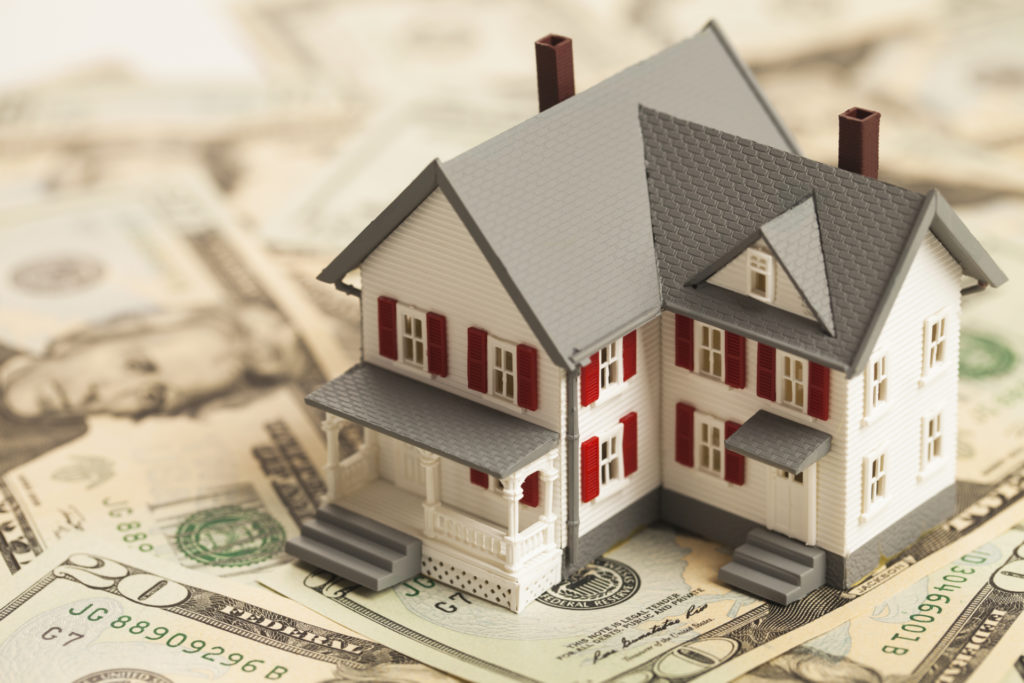What exactly is home equity? And, more importantly, what can you do with it? This post will answer these questions and provide tips on making the most of your home equity.
Defining home equity
The portion of your property’s value you possess outright is known as home equity. It’s the difference between your house’s appraised worth and the outstanding amount on your mortgage.
If your home is worth $250,000 and you owe a balance of $200,000 on it, your equity would be $50,000.
You can build equity in a few ways:
- Making principal payments on your mortgage loan
- Increasing the value of your home through improvements or market appreciation
- Paying down a second mortgage or home equity line of credit (HELOC)
Equity is crucial regarding how much money you may borrow against your home using a HELOC or home equity loan. Lenders often allow borrowers to borrow up to 80% of the value of their house, which means you could borrow up to $160,000 (80% of the value) if your property is worth $200,000.
Keep in mind that as your home equity increases, so does the pressure to repay any debt secured by your property if you default on mortgage payments. In a worst-case scenario, if you can’t repay your debt, the lender could foreclose on your home. In some unfortunate cases, people end up homeless because of this.
That’s why it’s important to only borrow against your home equity when you’re confident you can repay the debt.
Home equity can fluctuate over time due to changes in property values or mortgage balances. If a home’s value appreciates, the owner’s equity will increase; if it depreciates, the equity will decrease. Similarly, if a homeowner makes payments on their mortgage, they will gradually build up more equity in their home.
Home equity is frequently utilized as loan collateral. Because it represents the portion of a property’s value owned outright by the homeowner, they can use it as security for a loan. If a homeowner default on their loan, the lender may foreclose on the property and sell it to recoup their losses. As such, lenders typically only offer loans with home equity as collateral to borrowers with solid credit histories and steady incomes.
Homeowners also can access their equity through home equity lines of credit (HELOCs) or home equity loans. HELOCs work like credit cards: borrowers are approved for a certain amount of credit and can draw on that credit as needed, up to the limit. On the other hand, home equity loans are lump sum loans typically used for specific purposes, such as home improvements or debt consolidation.

Risks of using a home equity
If a borrower defaults on their loan, the lender may foreclose on the property and sell it to recoup their losses. It can leave homeowners homeless and ruin their credit scores. As such, anyone considering taking out a loan with home equity as collateral should be sure they can afford the payments and are prepared for foreclosure.
Another risk is that of “negative equity.” The amount a borrower owes on their loan exceeds the value of their home. It can happen if property values decline or a borrower takes out a larger loan than they can afford. Negative equity can make selling a home or refinancing a loan challenging, leaving homeowners stuck in their current situation even if interest rates rise.
Finally, it’s important to remember that home equity is not liquid. You can’t easily convert it into cash like savings or investments. Homeowners who need access to cash may have to sell their home or take out a loan to get it.
The potential for gain
Despite the risks associated with using home equity, many homeowners view it as a source of potential financial gain. Home equity can finance other investments, such as rental properties, stocks, and bonds. It also can provide a cushion against unexpected expenses, like medical bills or home repairs. And because home equity typically grows over time as mortgage balances are paid down and property values appreciate, it can be a valuable asset in retirement planning.
For all these reasons, homeowners need to understand their home equity and how they can access it. Those unaware of their equity or how to use it may miss out on opportunities to improve their financial situation. Find more info on highestcashoffer.com.
Ways to access home equity
- A home equity line of credit uses the borrower’s home equity as collateral. HELOCs have lower interest rates than many other loans, making them an excellent option for home renovations or one-time expenses. With this type of loan, you’re approved for a set credit limit that you can draw on as needed up to the maximum amount. However, because they’re revolving lines of credit, HELOCs require borrowers to make monthly payments even if they don’t use the credit. And if home values decline, borrowers may find themselves owing more than their home is worth.
- Cash-out refinances are another option for accessing home equity. With a cash-out refinance, homeowners take out a new mortgage larger than their existing one and use it to settle other debts or make home improvements. Cash-out refinances typically have higher interest rates than traditional home loans, so they may not be the best option for everyone. But for borrowers who are confident they can make the higher payments, a cash-out can be a way to consolidate other debts or free up cash for other purposes.
- Home equity loans are another way to access equity. They provide a lump sum of cash you can use for any purpose. Home equity loans typically have fixed interest rates, meaning the monthly payments stay the same over the life of the loan. It can make budgeting easier for borrowers, but it also means they may pay more interest over time if rates rise.






